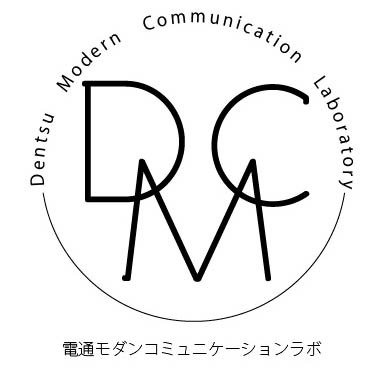"Wearables" have rapidly gained attention since around last year. This time, we'll look at Toshinao Sasaki's new book, "What Will Wearables Change?"
"Wearables" (more accurately, "wearable devices") refer to IT devices designed to be worn on the human body. Devices like smart glasses, smartwatches, and fitness trackers are already widely available to the general public.
They also drew significant attention at the recent CES 2014 electronics trade show in Las Vegas (Editor's note: CES 2014 event report here ), and with a dedicated wearable event scheduled for Tokyo in March, 2014 is poised to be a wearable festival.
However, it remains questionable whether the products being announced one after another truly capture the essential value of wearables.
This book positions the emergence of wearables not as a passing fad in the IT industry, but as a significant sign that will profoundly change our future.
For example, it offers this perspective:
"It's not just about attaching a camera to glasses or adding an LCD screen to a watch to receive email notifications—treating it like an 'electronic toy.' Rather, it's about creating a foundation that extends bodily senses and directly connects the body to the internet through wearable devices."
The value of wearables lies in their constant presence on the body. This allows for the accumulation of both internal bodily information and external environmental data.
In other words, wearables aren't merely devices that display smartphone information on glasses or watches. They act as gateways, using sensors to capture data on bodily states like heart rate, activity levels, body temperature, and blood pressure, as well as external conditions like temperature and humidity. This data is then transmitted to the cloud for big data analysis.
This book also explains the world where wearables will be utilized. For example, it envisions a future where sensors are embedded in all urban infrastructure—from self-driving cars being developed by automakers and Google, to highways, water systems, building facilities, hospitals, power transmission, and street corner security cameras—enabling real-time measurement and operation based on that information.
"Sensors act as the 'mediator' connecting analog objects to the network. Even if the object itself isn't directly connected to the network, sensors can measure its state. By transmitting this data to the cloud via communication modules, the object can be virtually connected to the network."
A city in Indiana, USA, reportedly chose to install sensors throughout its aging sewer system to control wastewater volume, rather than spending a large budget to rebuild the frequently flooding infrastructure. Such initiatives are happening in various places.
Do you see how this connects to wearables?
Over the next five to ten years, the IT world will shift significantly away from existing solely within virtual network spaces. Instead, it will increasingly incorporate the real world, using sensors as intermediaries.
This is the concept known as the "Internet of Things" (IoT). Everything—including elements within the human body—will connect to the cloud, forming networks. Within this context, wearables should be positioned as part of this major trend.
This book explains it as follows:
"Wearables may create a future where the body and IT are directly connected, and all information and knowledge stored in the cloud synchronizes with the body in real time."
This opens the possibility of capturing unspoken needs from information gathered by wearables and enabling communication based on that.
For example, calculating hunger levels from a target's bodily data, cross-referencing it with GPS to recommend the nearest burger joint, or automatically sharing that information on social media.
Whether we actually want such a world is another matter, but this is no longer science fiction—it's a reality fast approaching. People and technology will increasingly co-evolve, and communication will advance into the realm of the unconscious.
If this trend continues, the very nature of communication as we know it will likely undergo a dramatic transformation. It almost feels like humans might become increasingly foolish. As advertisers—and even more fundamentally, as individuals living our lives—we must prepare for the world that is coming.




